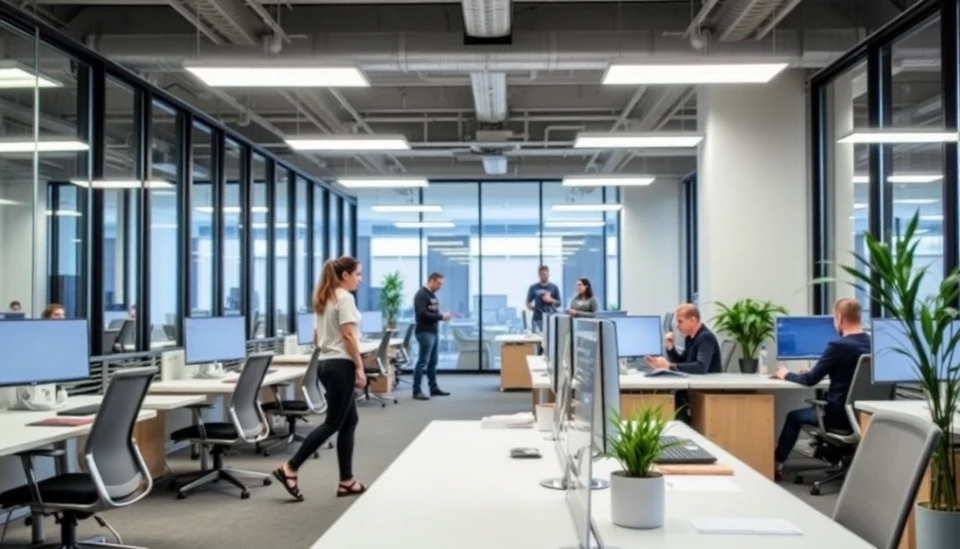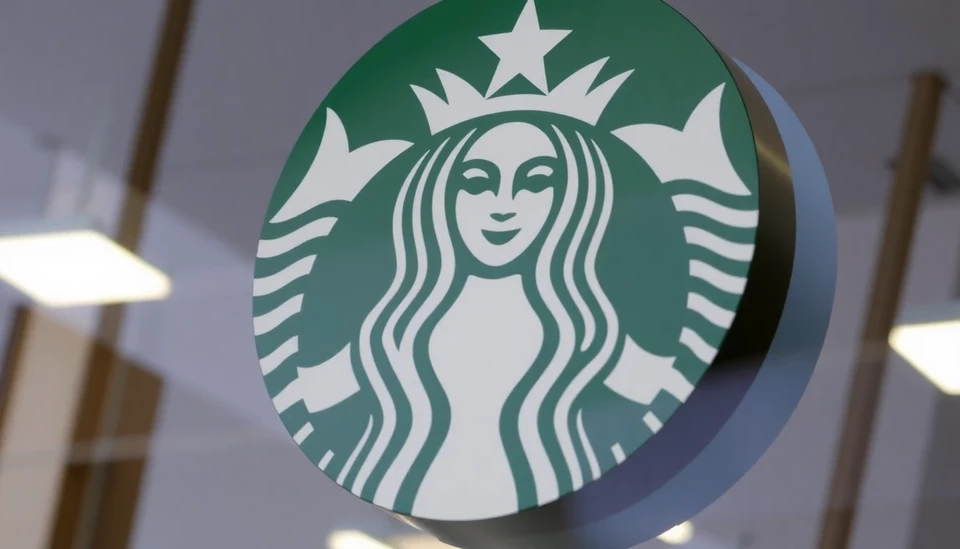
The much-anticipated return to office initiative in the United States is witnessing significant setbacks, particularly as many companies attempt to enforce stricter in-person mandates. A newfound resistance among employees is growing, suggesting a profound shift in workplace dynamics that could reshape corporate policies for years to come.
Recent data indicates that, in the first quarter of 2025, office occupancy rates in major U.S. cities hover around only 40%. This figure remains stubbornly low despite companies implementing various measures to encourage employees back into physical workspaces. Tech giants and financial institutions, in particular, had hoped that by tightening regulations on remote work, they would coax employees back, but the opposite seems to be occurring.
Many workers hold firmly to their preference for flexible work arrangements, citing improved work-life balance and reduced commute times as significant advantages of remote work. This employee sentiment has fostered a challenging environment for leaders attempting to balance company productivity with worker satisfaction.
Notably, many employees appear willing to consider leaving their jobs rather than return full-time to the office. Reports show that a significant percentage of team members across various sectors have engaged in discussions about career shifts or have even begun actively looking for new positions that offer continued remote or hybrid work opportunities.
Companies such as Google and Goldman Sachs are among those enforcing return-to-office policies, but the stringent methodologies haven't yielded the expected results. The anticipated move back to a pre-pandemic workplace norm is hindered by several factors, including a persistent cultural shift towards valuing flexibility and autonomy. Furthermore, many employees have become accustomed to virtual workflows, finding them not only beneficial for productivity but also essential for their personal well-being.
The growing reluctance is prompting organizations to reconsider their strategies. Some are exploring hybrid models that blend remote and in-office work, allowing for greater flexibility while still maintaining some level of presence in the workplace. Others are gathering feedback directly from employees to identify what structures would best suit both the company and its workforce moving forward.
As more corporations grapple with this conundrum, it is clear that the traditional office-centric model might require rethinking. Employees’ desire for a more significant say in how and where they work is taking center stage in discussions around corporate culture. Leaders will need to innovate if they wish to retain top talent in an increasingly competitive job market.
In conclusion, the struggle for a smoother transition back to office life epitomizes broader changes within the workforce landscape, showcasing a critical moment for organizations to align with evolving employee expectations. Firms that adapt and embrace flexibility, therefore, may find themselves at an advantage in this new era of work.
#ReturnToOffice #WorkplaceDynamics #RemoteWork #EmployeeEngagement #HybridWorkmodel
Author: Daniel Foster



